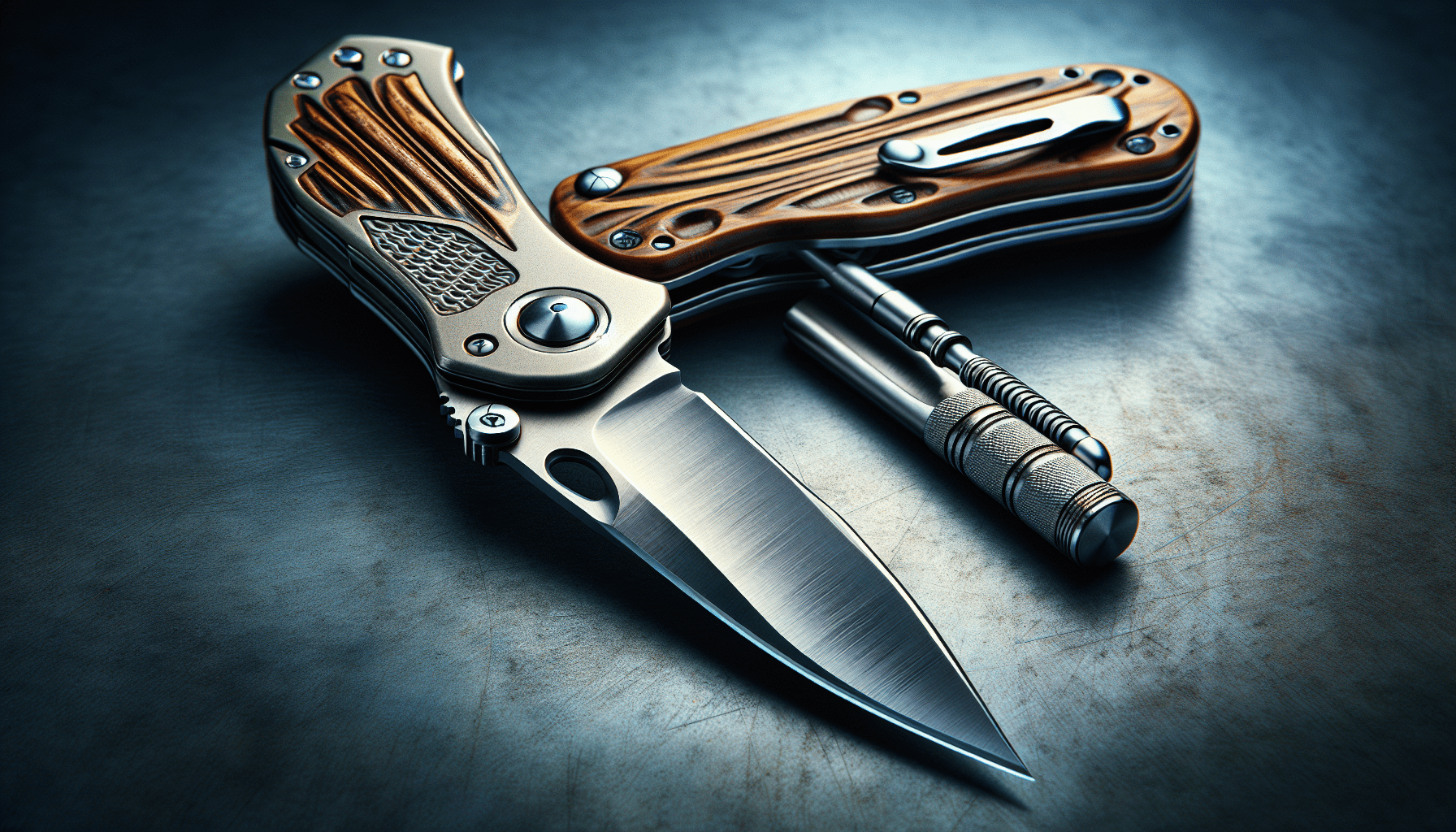Have you ever wondered what makes a well-prepared EDC (Everyday Carry) kit essential in our modern lives? Look no further, as we uncover the secrets of effective EDC with the 5 C’s. Whether you’re an adventurer, a urban dweller, or simply someone who believes in being prepared for any situation, these five key elements will ensure you’re equipped for whatever life throws your way. From the practical to the tactical, let’s explore the 5 C’s of EDC and discover how they can enhance your everyday life.
Heading 1: Introduction to the 5 C’s of EDC
Welcome to this comprehensive guide on the 5 C’s of EDC. Whether you are new to the concept or already familiar with it, this article will provide you with a deeper understanding of the 5 C’s and how they can enhance your everyday carry. EDC, which stands for Everyday Carry, refers to the items you carry with you on a daily basis for utility, preparedness, and personal comfort. These items can range from small tools and accessories to survival gear and emergency supplies. The 5 C’s of EDC are a set of principles that can help you optimize your everyday carry setup, ensuring that you have the essentials to meet your needs in various situations. So, let’s dive into each of the 5 C’s and explore their significance in the world of EDC.
Subheading 1.1: Cutting
The first of the 5 C’s is cutting. A cutting tool is arguably one of the most fundamental items in any EDC setup. From opening packages to self-defense, having a reliable cutting tool within reach can make a world of difference in your daily life. This could be a pocket knife, a multitool with a blade, or even a small utility knife. The key is to choose a cutting tool that is compact, easy to carry, and of high quality. Consider factors such as the size of the blade, the material of the handle, and the overall durability. With a reliable cutting tool in your EDC, you’ll be prepared for a multitude of tasks that require precision and a sharp edge.
Subheading 1.2: Containment
The second C stands for containment. This refers to having a reliable means to carry, store, and organize your everyday carry items. A good EDC container should be durable, lightweight, and functional. It should have enough compartments or pockets to securely hold your essential items, keeping them easily accessible when you need them. Some popular options for EDC containment include pocket organizers, belt pouches, or even dedicated EDC bags. The goal is to have a system in place that allows you to carry your items comfortably and efficiently, without weighing you down or causing inconvenience. So, invest in a reliable container that suits your needs and style, and keep your EDC essentials within reach at all times.
Heading 2: Combustion
Moving on to the third C, which stands for combustion. Having a reliable source of fire with you is crucial in many situations. From starting a campfire to lighting a candle during a power outage, a portable fire-starting tool is a valuable addition to your EDC. Common options for combustion in EDC include lighters, matches, or even small flint and steel sets. Consider factors such as ease of use, reliability, and durability when choosing a fire-starting tool for your EDC. Remember to prioritize safety and ensure that you are familiar with how to use your chosen fire source effectively. With a dependable means of combustion in your EDC, you’ll be prepared to handle fire-related tasks and emergencies with ease.
Subheading 2.1: Cordage
The fourth C of EDC is cordage. While often overlooked, having a reliable length of cordage can prove invaluable in various situations. Cordage can be used for a wide range of tasks, such as setting up shelter, creating makeshift repairs, or even building a trap or snare in a survival situation. When selecting cordage for your EDC, consider factors such as strength, length, and versatility. Paracord, for example, is a popular choice due to its strength, lightweight nature, and numerous inner strands that can be used for various purposes. Ensure that your chosen cordage is easily accessible and stored in a manner that prevents tangling or excess bulk in your EDC setup. With cordage as one of your 5 C’s, you’ll have a versatile tool that enables creative problem-solving in unexpected situations.
Subheading 2.2: Cover
The final C of EDC is cover. Cover refers to having a means to protect yourself from the elements and maintain personal comfort. This can include items such as a hat, a scarf, a rain jacket, or even a small umbrella. The specific cover items you choose will depend on your environment, climate, and personal preferences. The key is to be prepared for various weather conditions and ensure that you can adapt to sudden changes in temperature or precipitation. By including cover as one of your 5 C’s, you’ll be able to shield yourself from the sun, rain, or wind, and thus enhance your overall comfort and well-being, regardless of the situation.
Heading 3: Conclusion
In conclusion, the 5 C’s of EDC – cutting, containment, combustion, cordage, and cover – are essential considerations when building your everyday carry setup. These principles ensure that you have the necessary tools and resources to handle a wide range of situations, from everyday tasks to unexpected emergencies. By focusing on each of the 5 C’s, you can optimize your EDC and ensure that you are prepared for any challenges that come your way. So, take the time to evaluate your current EDC items and see if there are any areas where you can improve. Remember, EDC is all about being resourceful, adaptable, and ready for whatever life throws at you. With the 5 C’s as your guide, you’ll be well-equipped to tackle each day with confidence and preparedness.
